Hackberry Tree
- November 13, 2023
- 0 comment
The Hackberry tree, scientifically known as Celtis occidentalis, is a deciduous tree native to North America, spanning from southern Canada to Mexico. Revered for its adaptability, the Hackberry is often found in a variety of environments, from riverbanks and floodplains to urban areas.
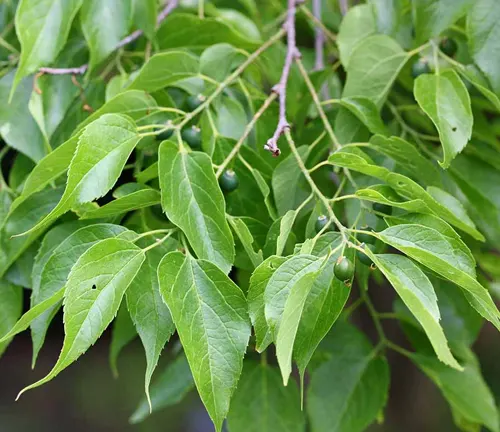
This hardy tree can reach heights of up to 80 feet, showcasing a distinctive gray, cork-like bark that adds to its unique charm. Its serrated, asymmetrical leaves provide a pleasant green canopy during the warmer months, transforming into a medley of yellow hues in the fall. The tree produces small, round fruits that ripen to a dark purple, attracting a diverse array of wildlife, including birds and mammals.
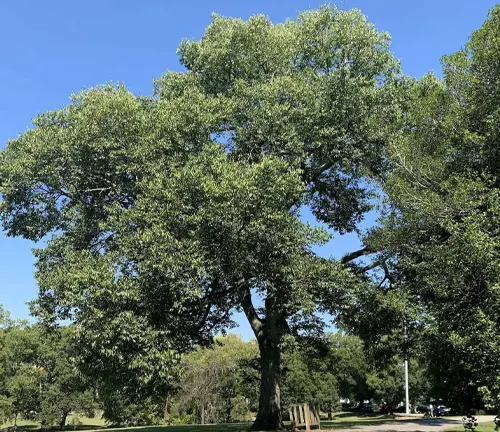
Resilient in the face of pests and diseases, the Hackberry’s durability makes it a popular choice for landscapers and urban planners. Beyond its aesthetic appeal, the wood of the Hackberry has been utilized for various purposes, such as furniture making and fence construction. With its adaptable nature, ecological significance, and aesthetic qualities, the Hackberry tree stands as a testament to the beauty and functionality of native North American flora.
| Characteristics | Description |
| Scientific Name | Celtis occidentalis |
| Common Name | Hackberry Tree |
| Type | Deciduous |
| Native Range | North America (Canada to Mexico) |
| Height | Up to 80 feet |
| Bark | Gray, cork-like with distinctive texture |
| Leaves | Serrated, asymmetrical, green (yellow in the fall) |
| Fruits | Small, round, dark purple when ripe |
| Wildlife Attraction | Birds and mammals are attracted to its fruit |
| Environmental Adaptability | Thrives in various environments, including urban areas |
| Resistance | Resilient against pests and diseases |
| Wood Usage | Utilized for furniture making and fence construction |
Botanical Beauty of the Hackberry Tree
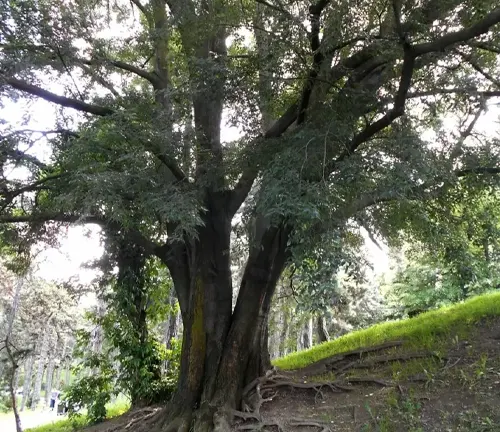
The Hackberry tree, scientifically known as Celtis occidentalis, stands as a testament to the botanical beauty that graces North America. With its deciduous nature, the tree adorns the landscape from Canada to Mexico, reaching heights of up to 80 feet. The distinctive gray, cork-like bark adds to its allure, creating a visually striking presence in various environments. The asymmetrical, serrated leaves provide a vibrant green canopy during the warmer months, transforming into a breathtaking display of yellow hues in the fall. The tree’s botanical beauty makes it a sought-after addition to landscapes, parks, and urban green spaces.
Woodland Elegance
Amidst the woodland expanse, the Hackberry tree stands as an embodiment of elegance. Its tall, sturdy trunk and gracefully arching branches create a silhouette that is both majestic and harmonious. The wood of the Hackberry, known for its durability and workability, has been employed in crafting furniture and constructing fences, adding a touch of woodland elegance to both functional and aesthetic aspects of human life.
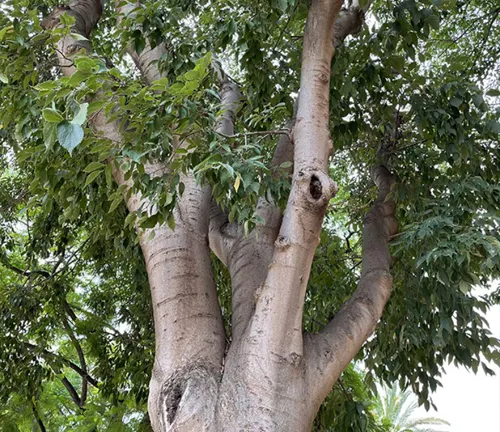
Ecological Importance
Beyond its visual appeal, the Hackberry tree plays a crucial role in the ecosystem. The tree produces small, round fruits that ripen to a dark purple, becoming a delectable treat for birds and mammals. This ecological importance extends to the tree’s adaptability, providing habitats in diverse environments from riverbanks to urban areas. The Hackberry’s resilience against pests and diseases contributes to the overall health of the ecosystem, making it a key player in the intricate web of biodiversity.
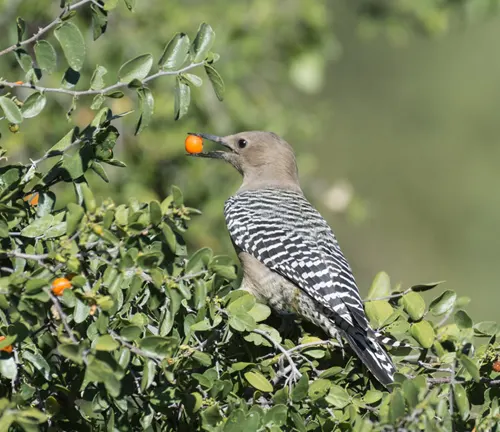
Cultivation and Conservation
Cultivating the Hackberry tree is a rewarding endeavor, given its adaptability to various soil types and climates. Whether in a backyard garden or a city park, the tree’s low maintenance requirements make it a popular choice for landscapers and conservationists alike. Conservation efforts also recognize the importance of preserving the genetic diversity of the Hackberry, ensuring that its unique qualities continue to enhance the natural world for generations to come.
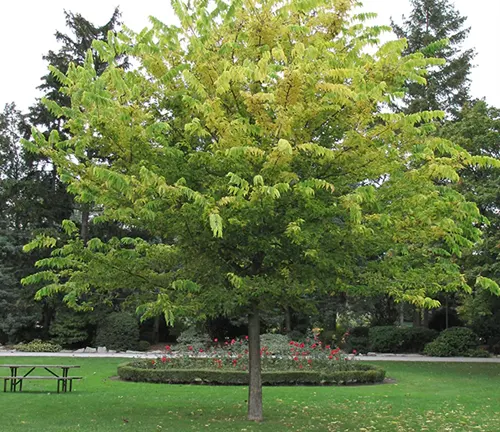
Fragrance
One cannot overlook the subtle fragrance that accompanies the Hackberry tree. As the seasons change, so does the scent, offering a sensory experience that adds another layer to its overall charm. From the fresh, green aroma of its leaves in spring to the earthy notes that accompany the fall foliage, the Hackberry engages not just the eyes but also the olfactory senses, creating a multisensory connection with nature.
Soil Stabilization
The extensive root system of the Hackberry tree serves a practical purpose beyond its aesthetic contributions. The roots work diligently to stabilize the soil, preventing erosion and contributing to overall environmental health. This feature makes the Hackberry a valuable asset in areas prone to soil instability, showcasing its ecological significance beyond its visual and olfactory allure.
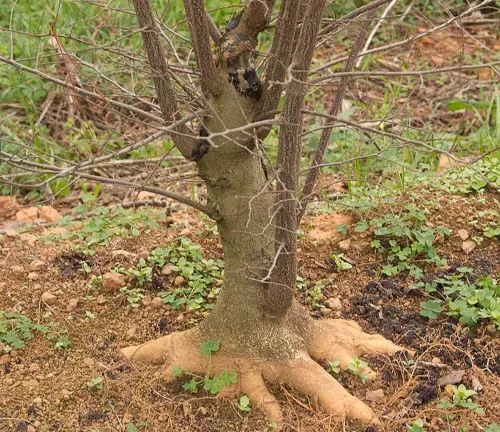
Common Uses
Human interaction with the Hackberry tree goes beyond admiration for its beauty. The wood, known for its strength and flexibility, finds common usage in furniture making, creating pieces that reflect both craftsmanship and a connection to nature. Additionally, the Hackberry’s resilient wood is employed in constructing fences, providing functional solutions with a touch of natural elegance.

Benefits
Embracing the Hackberry tree yields numerous benefits. From its aesthetic contributions to the ecological balance it maintains, the tree offers a holistic package. Its adaptability, low maintenance requirements, and valuable wood make it a practical choice for landscaping and conservation initiatives. As a provider of habitat and sustenance for wildlife, the Hackberry stands as a symbol of the interconnectedness of all living things, inviting us to appreciate and protect the natural world that enriches our lives.
Different Species
Celtis occidentalis
(Common Hackberry)
This is the most widely distributed species, native to North America. It is known for its distinctive bark, serrated leaves, and small, dark purple fruits. The common hackberry is valued for its adaptability to various environmental conditions.
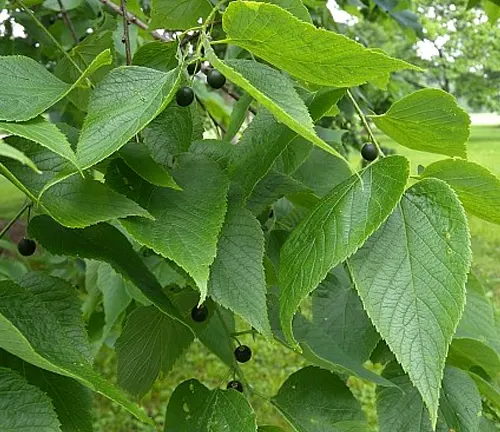
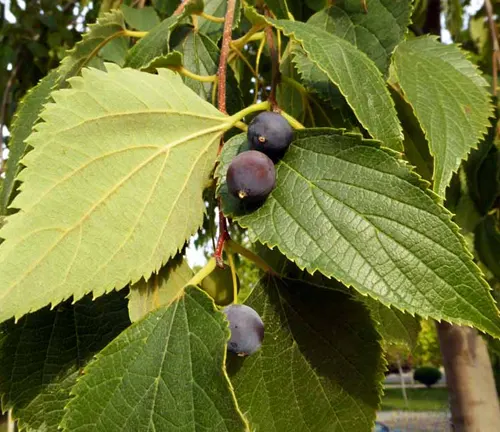
Celtis australis
(European Hackberry)
Native to Southern Europe, Western Asia, and North Africa, the European hackberry is characterized by its smooth gray bark and elliptical leaves. It is often planted as an ornamental tree in urban areas.
Celtis laevigata
(Sugarberry)
Found in the southeastern United States, the sugarberry tree is closely related to the common hackberry. It shares similar characteristics, including serrated leaves and corky bark, but is generally found in wetter habitats.

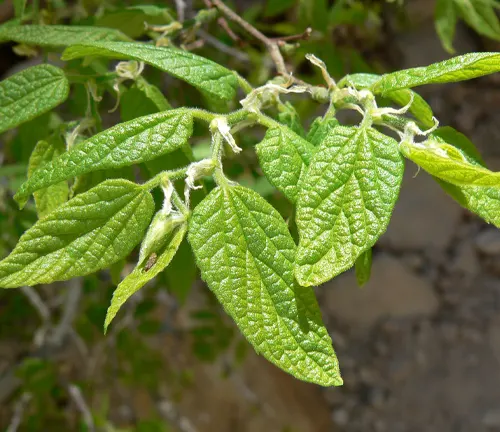
Celtis reticulata
(Netleaf Hackberry)
Native to the southwestern United States, this species is known for its net-veined leaves and smaller size compared to other hackberry trees. It thrives in arid environments and is a valuable plant in erosion control.
Celtis tala
(Tala Tree)
Found in South America, particularly in Argentina and Uruguay, the Tala tree is a deciduous species with serrated leaves. It is often used in landscaping and is appreciated for its ornamental value.
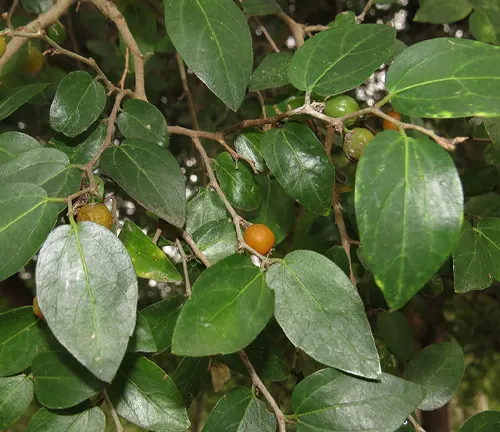
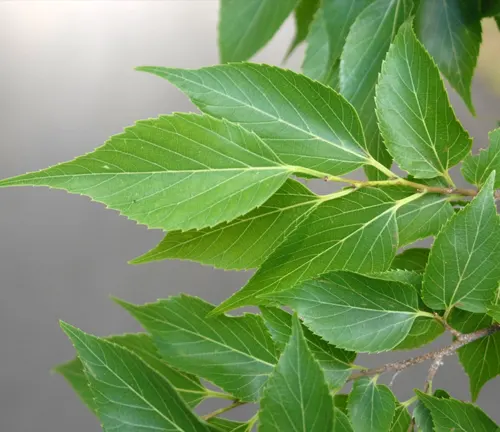
Celtis sinensis
(Chinese Hackberry)
Indigenous to East Asia, the Chinese hackberry is cultivated for its ornamental qualities. It has a similar appearance to the common hackberry but is distinguished by its smaller size and more slender branches.
Frequently Asked Questions (FAQs)
- What is a Hackberry Tree?
The Hackberry tree, scientifically known as Celtis, is a deciduous tree native to North America, Europe, and Asia. It is known for its adaptability, distinctive bark, and serrated leaves. - How tall does a Hackberry Tree grow?
Hackberry trees can reach heights of up to 80 feet, making them sizable additions to the landscape. - Where are Hackberry Trees commonly found?
Depending on the species, Hackberry trees are commonly found in North America, Europe, Asia, and South America. They thrive in a variety of environments, from riverbanks to urban areas. - What does the bark of a Hackberry Tree look like?
The bark of a Hackberry tree is often gray and has a cork-like texture, providing a distinct visual feature. - Do Hackberry Trees have any specific leaf characteristics?
Yes, Hackberry trees typically have asymmetrical, serrated leaves that provide a vibrant green canopy in the warmer months, turning yellow in the fall. - Are Hackberry Trees valuable for wildlife?
Yes, the tree produces small, dark purple fruits that attract birds and mammals, contributing to its ecological importance. - Can Hackberry Trees adapt to different environments?
Yes, Hackberry trees are known for their adaptability, thriving in various soil types and climates. They are often used in landscaping due to their resilience. - How is the wood of the Hackberry Tree used?
The wood of the Hackberry tree is valued for its strength and flexibility. It is commonly used in furniture making and fence construction. - Are there different species of Hackberry Trees?
Yes, there are several species of Hackberry trees, including Celtis occidentalis (Common Hackberry), Celtis australis (European Hackberry), Celtis laevigata (Sugarberry), Celtis reticulata (Netleaf Hackberry), Celtis tala (Tala Tree), and Celtis sinensis (Chinese Hackberry). - How can I cultivate and care for a Hackberry Tree?
Hackberry trees are generally low-maintenance. They prefer well-drained soil and should be watered regularly during their establishment period. Pruning may be done to shape the tree, but it is not always necessary.



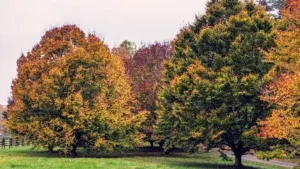
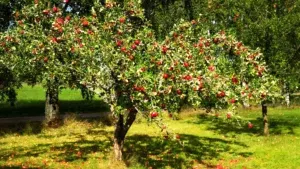

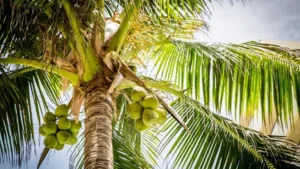

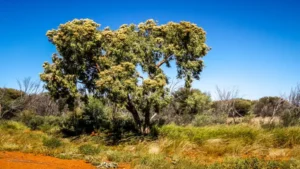

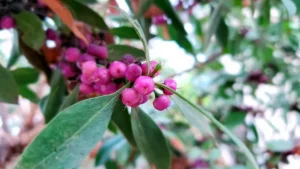
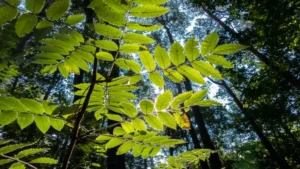

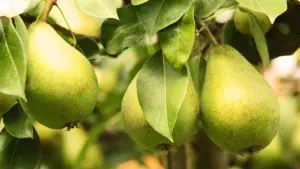
Leave your comment